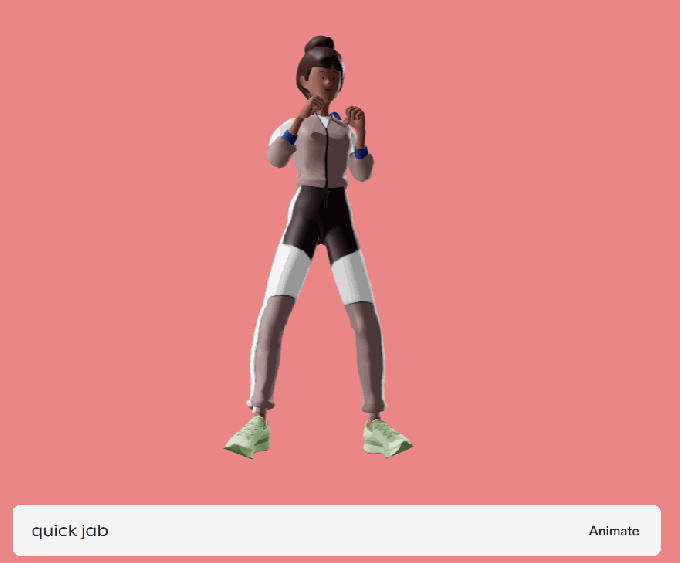- Cartwheel simplifies 3D animation creation through AI-generated movements, freeing creators from laborious tasks.
- The platform’s intuitive interface allows users to input textual descriptions and obtain fluid animations swiftly.
- By leveraging multiple ethically sourced data sets and motion matrices, Cartwheel achieves animations that are 80% complete.
- Future developments may enable Cartwheel to dynamically render or adapt animations on demand.
- Backed by $5.6 million in seed funding from investors like Accel and Khosla Ventures, Cartwheel is poised to transform animation creation.
Main AI News:
In the world of 3D animation, bringing characters to life from scratch has long been a cumbersome and costly process, demanding intricate software and motion capture tools. However, Cartwheel is poised to change that narrative by simplifying basic animations through AI-generated movements, liberating creators to focus on more expressive endeavors.
Jonathan Jarvis, co-founder and CEO of Cartwheel, an accomplished animator himself, expressed, “There’s a big ‘blank screen’ problem, where there’s a million buttons and options. Sometimes you’ll spend hours working on something before you even see what it looks like.” Cartwheel aims to eliminate this initial hurdle by swiftly translating textual descriptions into basic animations, sparing animators the laborious task of crafting elementary motions.
The platform’s interface is elegantly straightforward, comprising only a character and a text box. Users can input virtually any action, and within minutes, witness a fluid animation ready for export to standard 3D editing suites. According to co-founder Andrew Carr, the technology underpinning Cartwheel is groundbreaking. “We have multiple data sources, all ethically sourced, and our own labelers labeling these motions,” he elaborated. By associating textual descriptions with motion matrices and employing standard training techniques, Cartwheel efficiently generates animations that are approximately 80% complete.
Jarvis envisions a future where Cartwheel could dynamically render or adapt animations on the fly, a development with profound implications for interactive media like games. Moreover, Cartwheel’s focus on human animations, although just the beginning, underscores its commitment to addressing the industry’s most prevalent needs.
In many ways, Cartwheel mirrors Wonder Dynamics’ revolution in simplifying 3D character insertion, emphasizing efficiency without displacing animators. As the industry increasingly embraces AI-driven tools to streamline workflows, Cartwheel’s $5.6 million seed funding underscores its potential to redefine animation creation. With a diverse array of backers, including Accel and Khosla Ventures, Cartwheel is poised to empower animators across the spectrum, from aspiring artists to seasoned professionals.
As Cartwheel embarks on its journey, its role as a prosumer application marks just the beginning of its transformative potential. By democratizing animation creation, Cartwheel not only augments creative output but also paves the way for innovation across the industry. With Jarvis’s vision of AI augmenting, rather than replacing, creative work, Cartwheel heralds a new era of possibilities in animation.
Conclusion:
Cartwheel’s innovative approach to 3D animation creation not only streamlines workflows but also democratizes access to animation tools. As the industry increasingly adopts AI-driven solutions, Cartwheel’s potential to revolutionize animation creation positions it as a significant player in the evolving market landscape. With substantial funding and a commitment to empowering creators, Cartwheel is primed to catalyze innovation and drive efficiencies across the animation industry.

